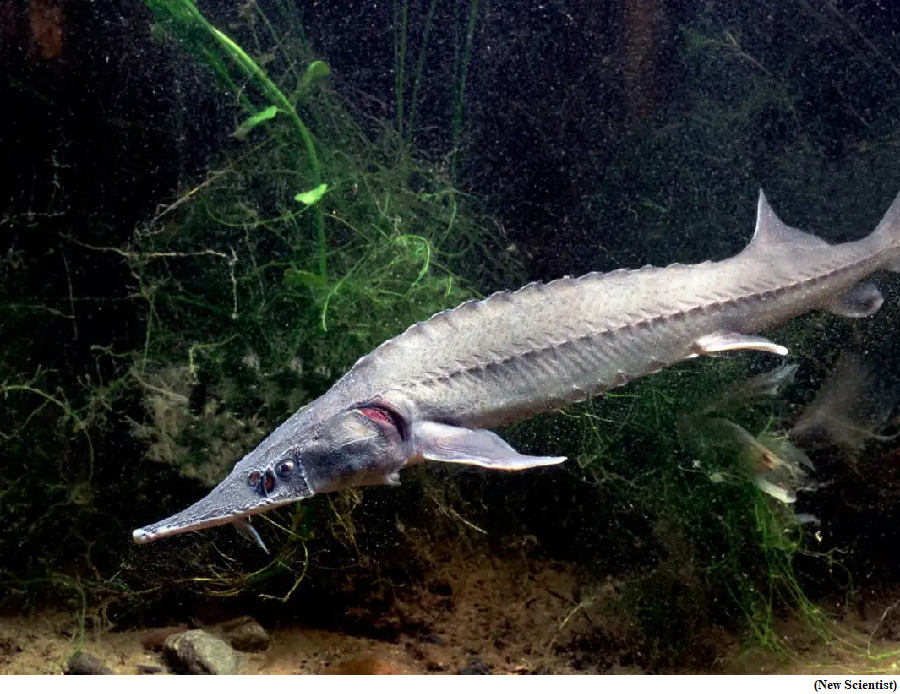World first 200-meter-long Bamboo Crash Barrier (GS Paper 3, Economy)

Why in news?
- Recently, an extraordinary accomplishment towards achieving Aatmanirbhar Bharat has been made with the development of the world's first 200-meter-long Bamboo Crash Barrier which has been installed on the Vani-Warora Highway, Vidarbh, Maharashtra.
Key Highlights:
- This Bamboo Crash Barrier, which has been christened Bahu Balli, underwent rigorous testing at various government-run institutions such as the National Automotive Test Tracks (NATRAX) in Pithampur, Indore and was rated as Class 1 during the Fire Rating Test conducted at the Central Building Research Institute (CBRI) in Roorkee.
- Additionally, it has also been accredited by the Indian Road Congress.
- The recycling value of the bamboo barrier is 50-70% whereas that of steel barriers is 30-50%.
- The bamboo species used in the making of this barrier is Bambusa Balcoa, which has been treated with creosote oil and coated with recycled High-Density Poly Ethylene (HDPE).
Significance:
- This achievement is remarkable for the bamboo sector and India as a whole, as this crash barrier offers a perfect alternative to steel and addresses environmental concerns and their aftermath.
- Furthermore, it is a rural and agriculture-friendly industry in itself making it an even more significant milestone.
Influenza virus might have marine origin with fish as early host
(GS Paper 3, Environment)
Why in news?
- A new study has found that the order Articulavirales, which includes the influenza viruses, first emerged in aquatic ecosystems, and fish might have been the earliest hosts of influenza virus.

Key findings:
- The study found that invertebrates rather than fish might have likely been among the first hosts of influenza virus.
- The study found that influenza viruses can infect all classes of fish, and Siberian sturgeon (Acipenser baerii) may have served as early, if not the first, hosts of influenza virus before it spilled over into mammals.
- Besides aquatic origin, the researchers say that the order Articulavirales may have persisted since about 640 million years ago when corals branched off to form other members of Articulavirales in other animals.
Background:
- A virologist at the University of Sydney, analysed the RNA from two coral species and found evidence of infection with the viruses. The discovery of the virus in corals gave the first hint that the influenza viruses might have been born at sea.
- A 2018 identification of a distant relative of influenza in hagfish only strengthened the possibility of a marine origin of the virus.
- Having found the virus in two coral species, the researchers turned their attention to Siberian sturgeon, and surprisingly found evidence of the virus in sturgeon fish.
- Phylogenetic analysis of the three polymerase segments revealed that the sturgeon-associated virus consistently falls within the influenza clade but is basal to all known influenza viruses.
Transmission:
- The findings do suggest that influenza viruses can infect all classes of fish such that these animals may have served as early, if not the first, hosts of influenza virus before it spilled over into mammals.
- The virus in the Articulavirales order utilises a large repertoire of transmission routes.
- If influenza virus spreads via respiratory droplets in the case of mammals and faeces among birds, the transmission of the virus from one fish to another is thought to be through the respiratory route.



